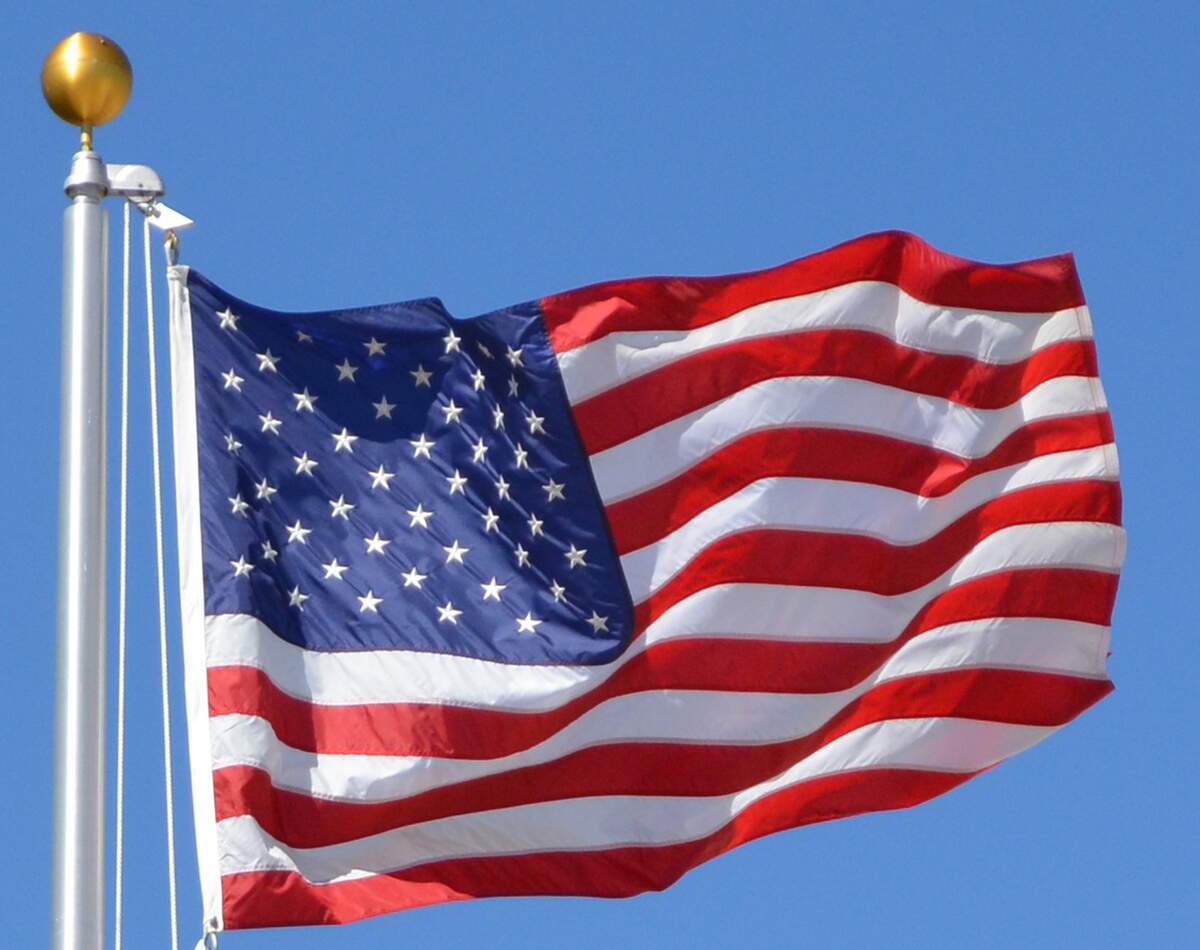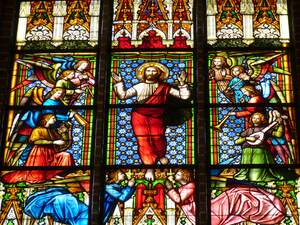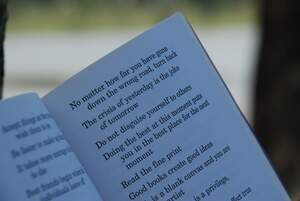

"The Stars and Stripes Forever" Day
Observed
annually on May 14th
Dates
Hashtags
Sources
http://www.americaslibrary.gov/aa/sousa/aa_sousa_forever_1.html
https://en.wikipedia.org/wiki/The_Stars_and_Stripes_Forever
https://www.amazon.com/dp/1598888587?tag=checkiday08-20
https://www.britannica.com/topic/The-Stars-and-Stripes-Forever
https://www.loc.gov/item/ihas.200000018/
https://www.nationalday.com/days/the-stars-and-stripes-forever-day/
Today's holiday takes place on the anniversary of the first public performance of "The Stars and Stripes Forever," and is thus dedicated to the march. The march was first performed on May 14, 1897, in Philadelphia, Pennsylvania, on the occasion of the unveiling of a statue of George Washington. President William McKinley was even in attendance.
John Philip Sousa had been the director of the United States Marine Band from 1880 to 1892. The most popular musical star of his era, Sousa was known as the "March King" by the 1890s, and started his own band and toured the country after leaving the Marine band. But at this time, he had yet to write what would become his most well-known piece.
In late 1896, Sousa was on vacation in Europe with his wife when he found out his band manager, David Blakely, had passed away. It was when traveling back to the United States on a ship that he got the inspiration to write "The Stars and Stripes Forever," a song he later said was about the feeling one gets when returning to America. On Christmas Day 1896, the music began forming in his head, and he wrote it down when he made it home. He described his writing process in his autobiography: "...absorbed in thoughts of my manager's death and the many duties and decisions which awaited me in New York. Suddenly, I began to sense a rhythmic beat of a band playing within my brain. Throughout the whole tense voyage, that imaginary band continued to unfold the same themes, echoing and re-echoing the most distant melody. I did not transfer a note of that music to paper while I was on the steamer, but when we reached shore, I set down the measures that my brain-band had been playing for me, and not a note of it has ever changed."
The march opens with a rousing introduction that is followed by contrasting melodies called strains. Sousa wrote poetry to accompany the piece, but it is usually played as an instrumental. It was an instant hit and Sousa's band continued to play it most of the times they performed, often multiple times at one concert. Audiences would often stand as if it was the National Anthem that was being played. Sousa continued to direct march right up until his death in 1932. It became the official march of the United States in 1987.
"The Stars and Stripes Forever" is sometimes called "the Disaster March." In theaters and circuses in the early twentieth century, it was used as a code and played if there was an emergency. This was done as a way to more calmly organize people for an exit than to make an announcement. One example of when it was played for this purpose was at the Hartford circus fire.
How to Observe "The Stars and Stripes Forever" Day
Here are a few ideas on how to celebrate the day:
- Listen to "The Stars and Stripes Forever." You could listen to a version by the United States Marine Band or a 1909 recording by Sousa's band.
- Read Sousa's lyrics to the march.
- Join a community band and play the march, or get some sheet music and play it on your own.
- Read John Philip Sousa: American Phenomenon by Paul E. Bierley.
- Watch Stars and Stripes Forever, a biographical film about Sousa.
- Learn about the John Philip Sousa Foundation.
- Listen to other Sousa marches such as "El Capitan," "The Pathfinder of Panama," "Hands Across the Sea," "Solid Men to the Front," and "The High School Cadets."





















